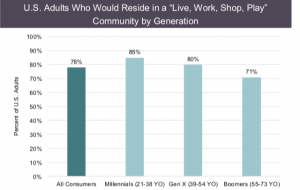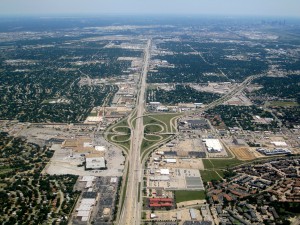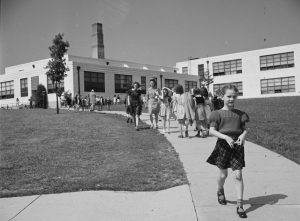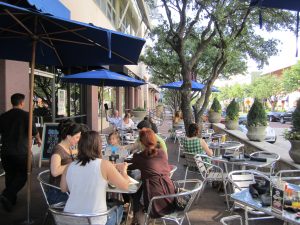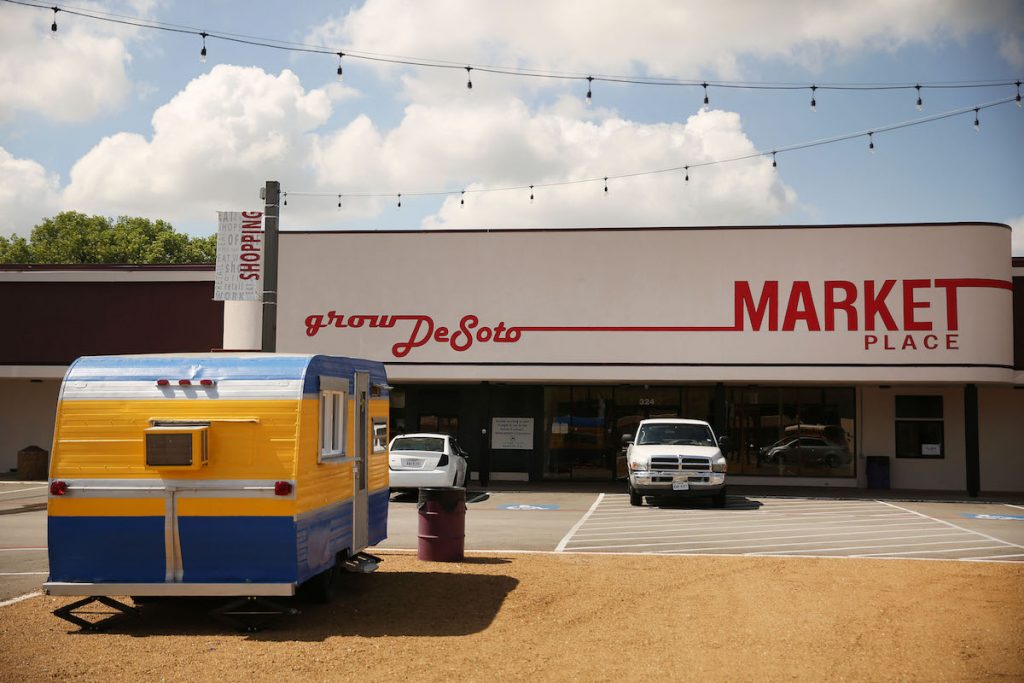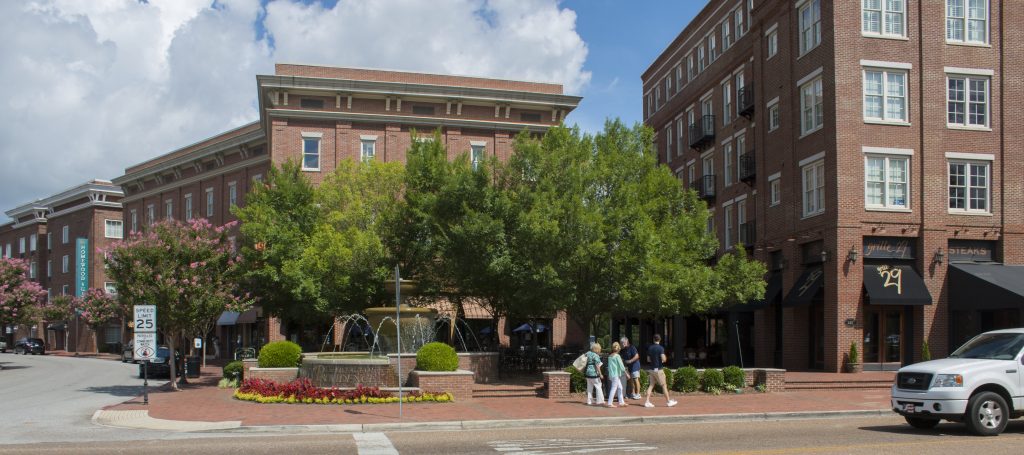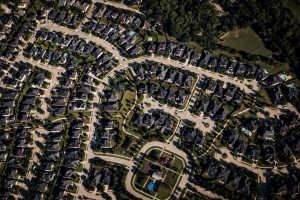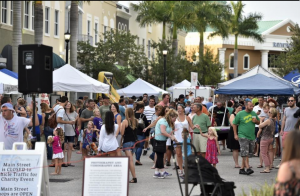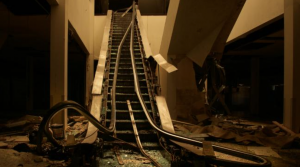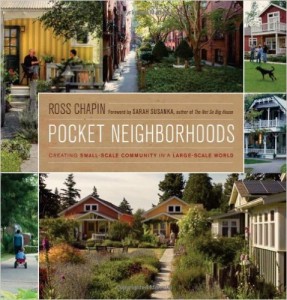2019 July 9
An Introduction to Form-Based Coding
Naples, Collier County, FloridaEvent Type: LectureParent Event: The Dollars and Sense of Growth Organizer: A Collier County Organized Public EventEvents 0
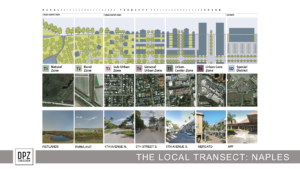 During an interactive presentation, Galina Tachieva highlighted the opportunities for creating better and healthier communities in Collier County using form-based planning and coding.
During an interactive presentation, Galina Tachieva highlighted the opportunities for creating better and healthier communities in Collier County using form-based planning and coding.
Collier County is a fast-growing region but the current Land Development Code is complicated and outdated. If done right, new planning strategies can be effective in creating dynamic, walkable communities. These area-specific Form Codes will benefit residents, economics and the environment. It is however important to assist developers and planners understand the importance of smart growth principles. Galina Tachieva, managing partner at DPZ CoDESIGN, and author of the Sprawl Repair Manual and the Smart Code shared her guidance and expertise on these topics.
The Dollars and Sense of Growth – A Collier County Organized Public Event
